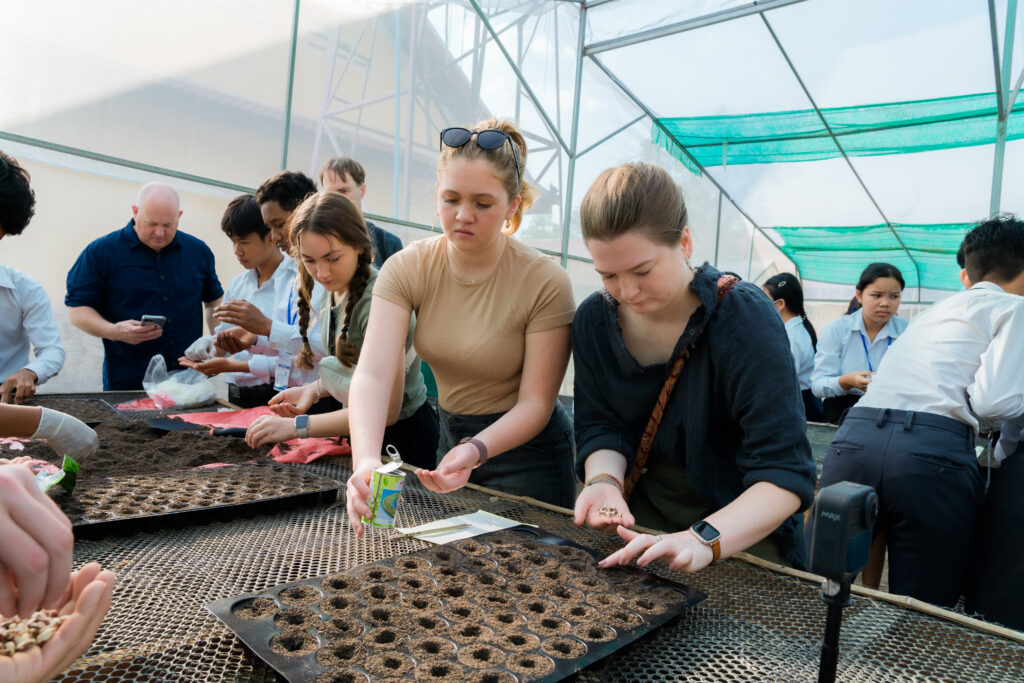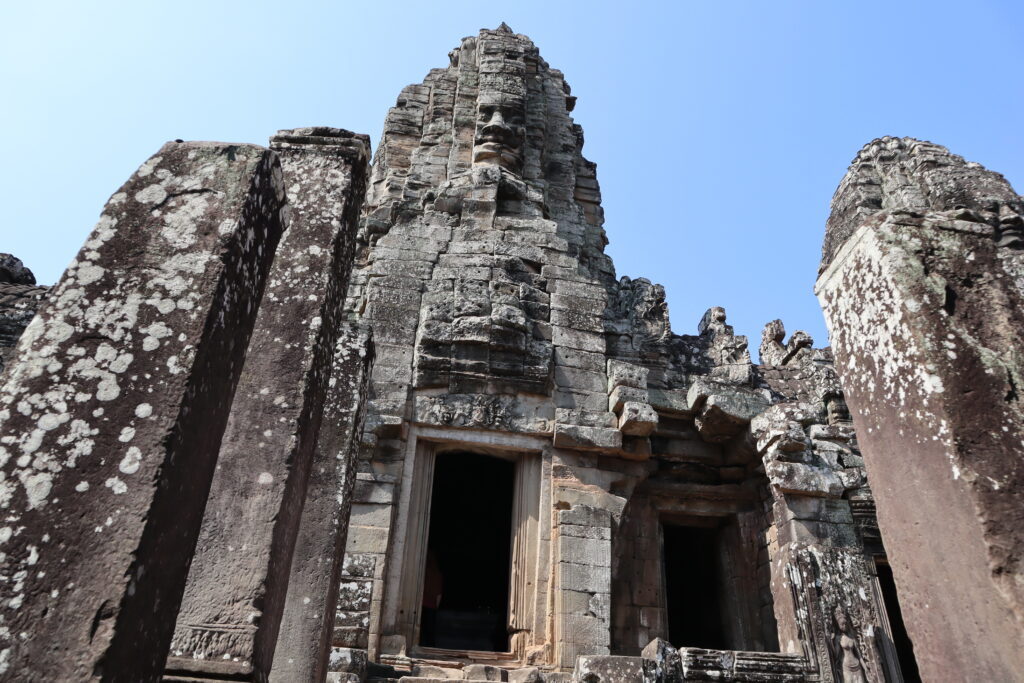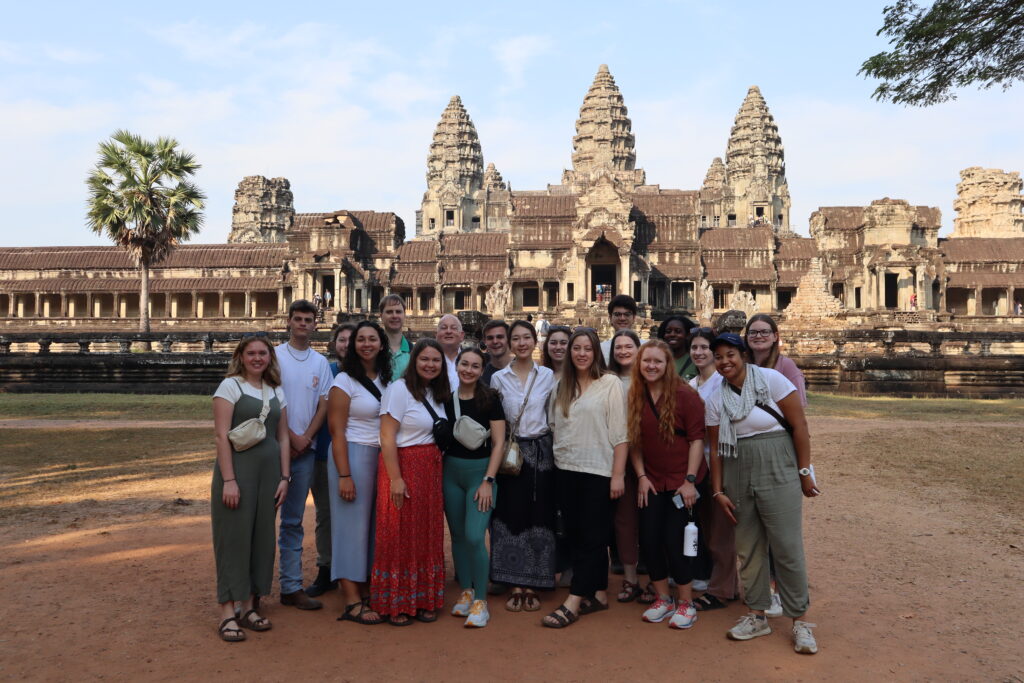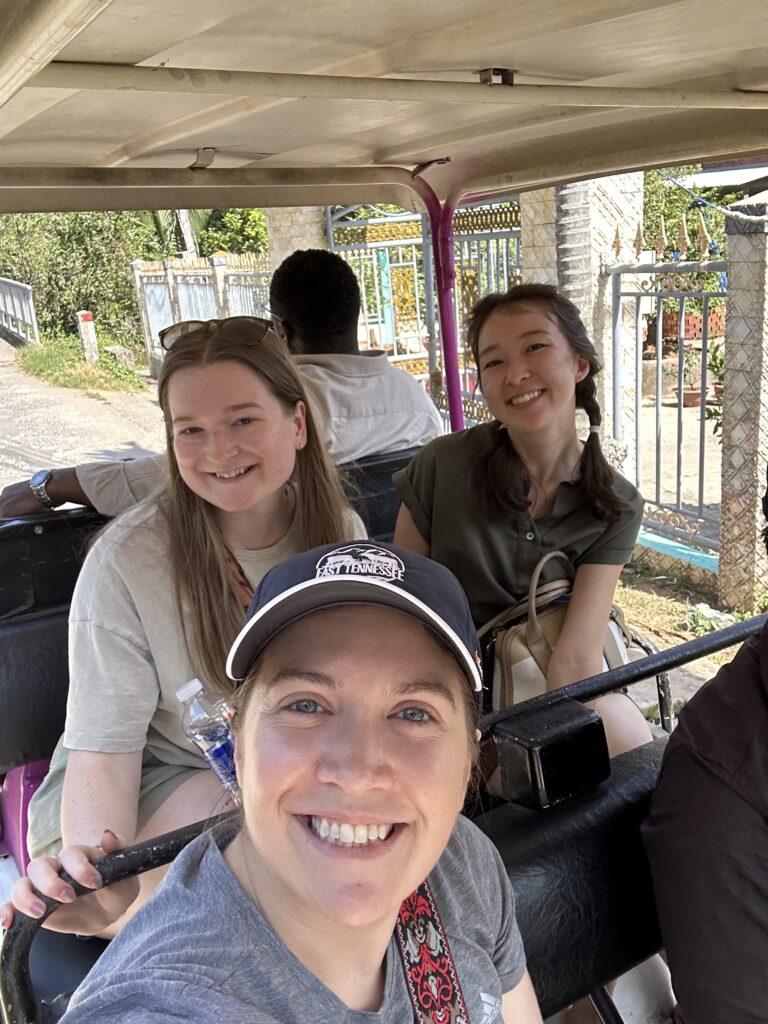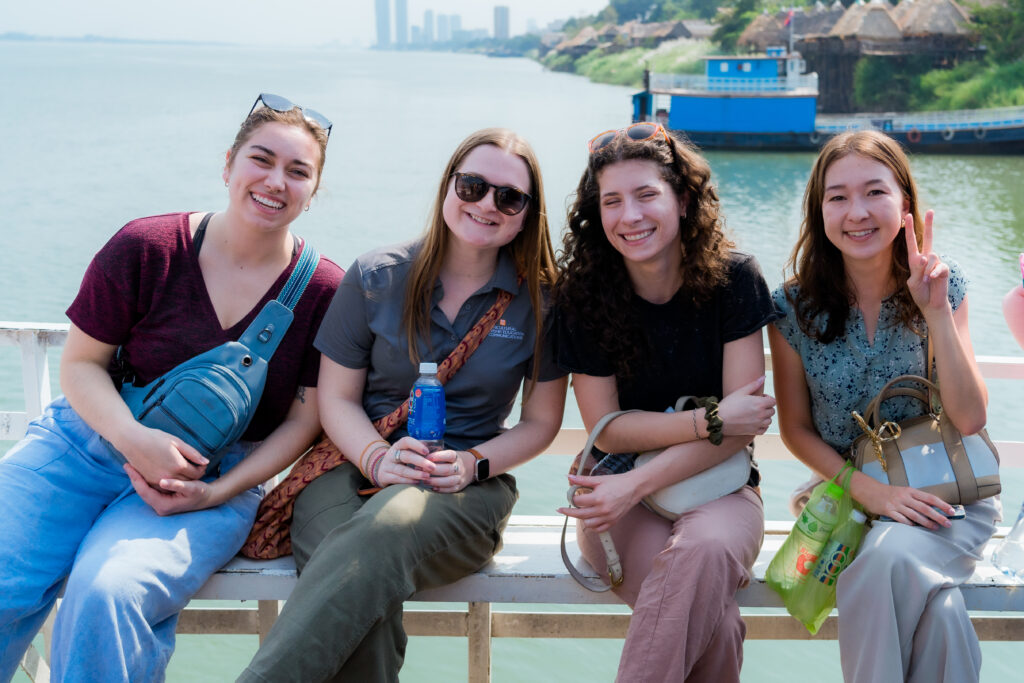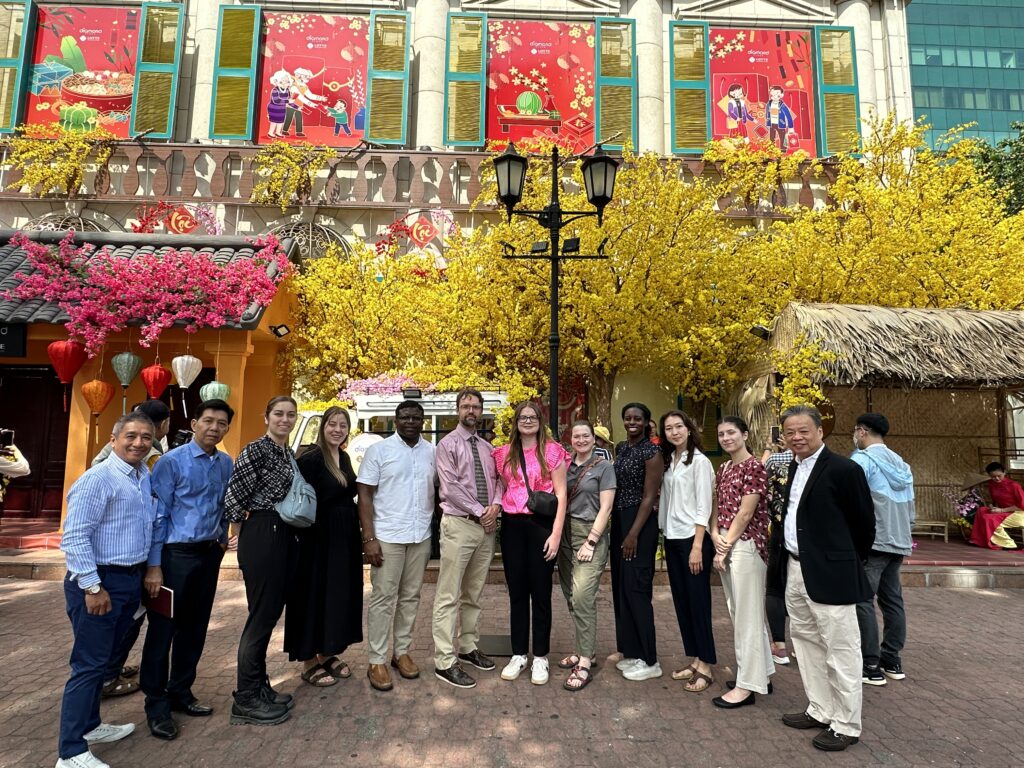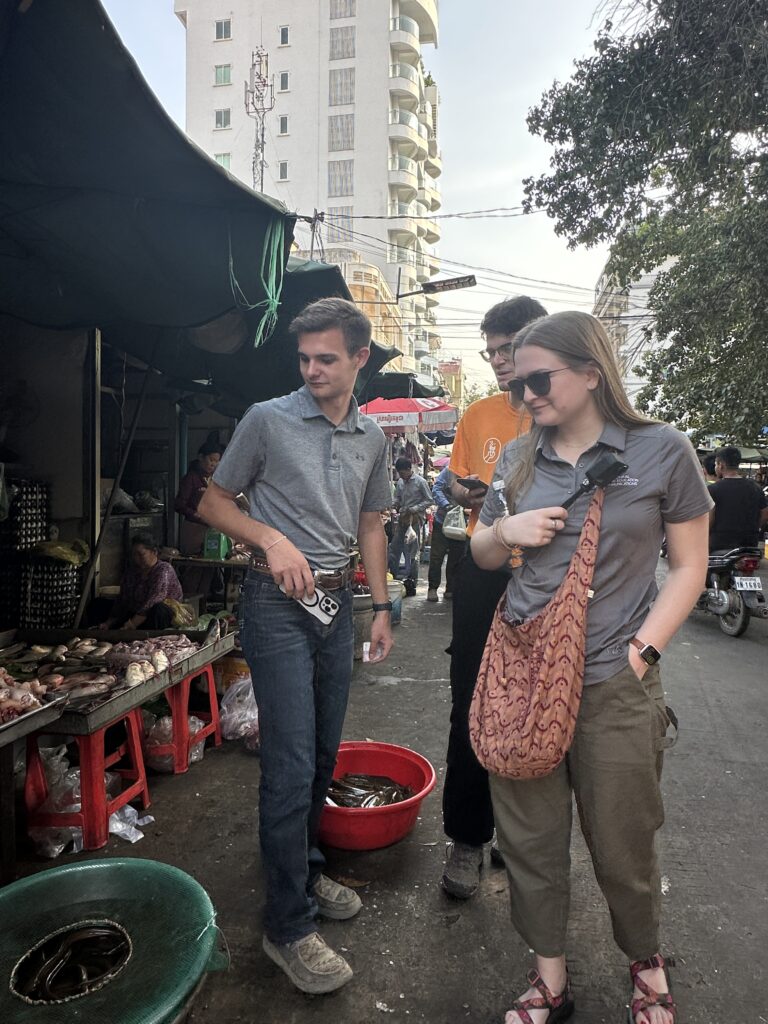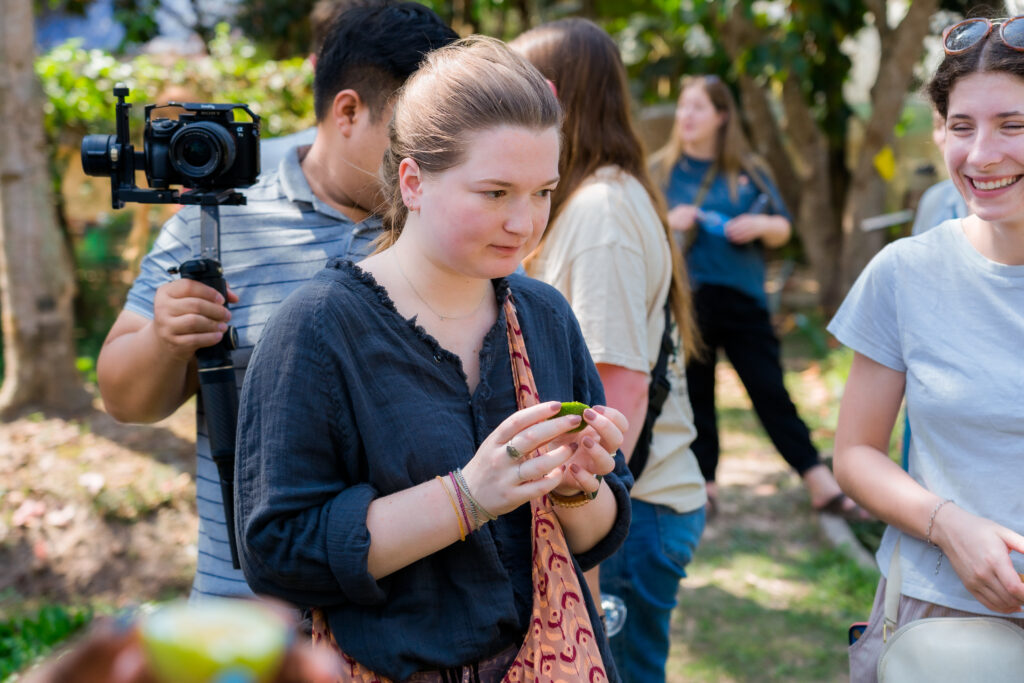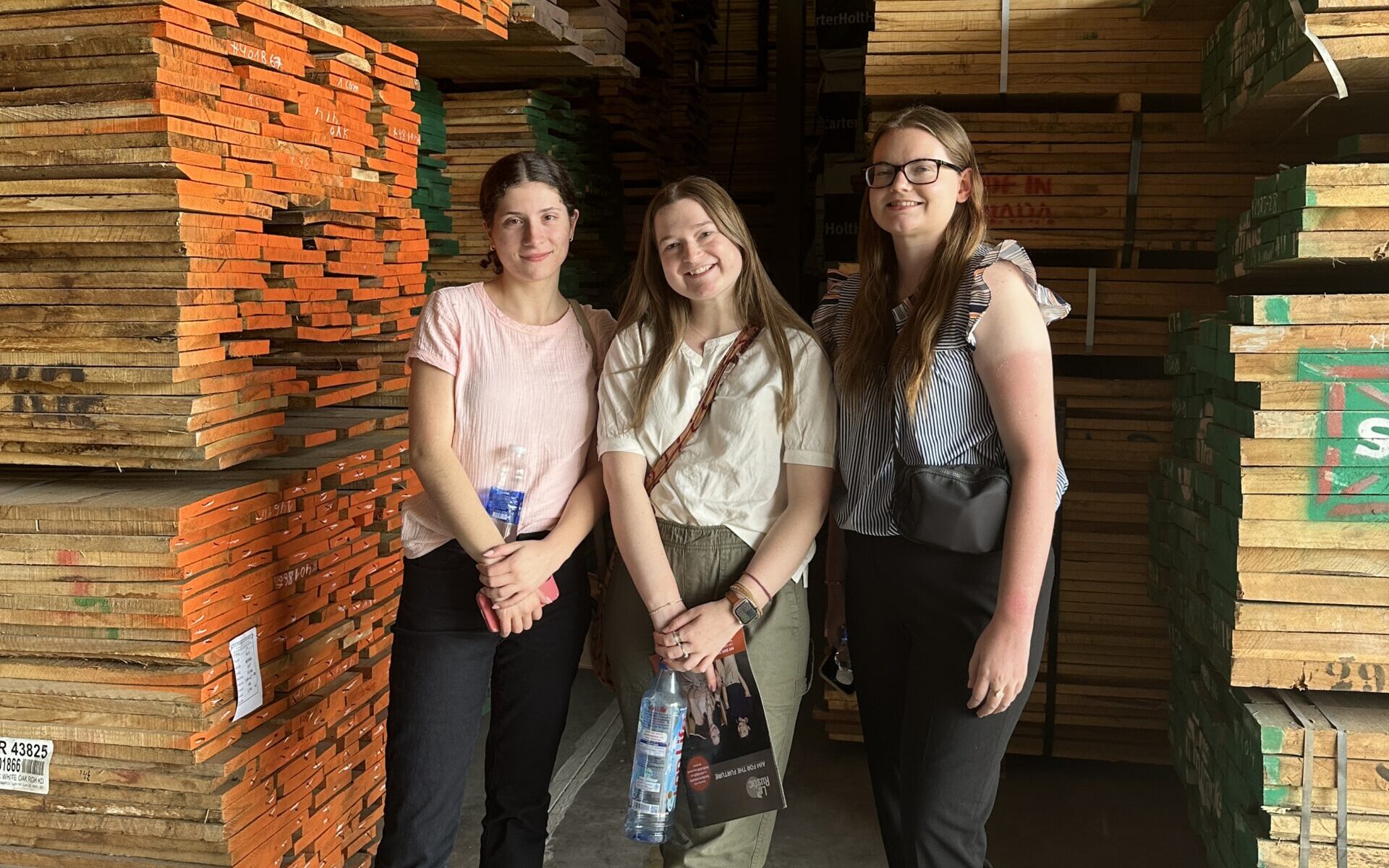
NNF fellows reflect on the impactful experiences they had during a recent study abroad in SE Asia
By Brooke Adams
In partnership with the University of Tennessee Institute of Agriculture, Department of Agricultural and Resource Economics (AREC) and the Department of Agricultural Leadership, Education and Communications (ALEC), the Smith Center has been involved in a new graduate fellowship program that focuses on international trade and development. This fellowship is funded by the National Needs Fellows Program (NNF), an initiative from USDA’s National Institute of Food and Agriculture (NIFA), and began in August 2023. Graduates will earn a master’s degree in either Agricultural and Resources Economics or Agricultural Leadership, Education and Communications. While these students complete their graduate program of study, they will engage with a core of classes on international trade and development and participate in a global experience together as a cohort. As a part of the fellowship, these graduate students participated in a study abroad experience to Southeast Asia to enhance the skills they have acquired throughout their time in the fellowship. Find out more about this experience directly from these NNF fellows throughout this #StudyAbroadStories series!
Caroline Brooks is a first-year graduate student in the Herbert College of Agriculture pursuing a degree in agricultural leadership, education and communications. Her thesis research focuses on information and communication technologies for global education. Her experience in Southeast Asia allowed her to expand her global awareness and collect 360° video content for her research.
On our last day in Cambodia, we explored three temples in the Angkor Wat Complex: Bayon Temple, Ta Prohm, and the iconic Angkor Wat Temple. This day was a highlight of the trip for me. I’ve always found that art and architecture deepen my understanding of different cultures. Since my sophomore year in high school, when I took A.P. art history, I’ve been fascinated by the connection between art and world history. I vividly remember learning about Angkor Wat in my art history class. I was so infatuated with it that I went home and took multiple virtual tours of the main temple through Google Maps.
While I anticipated being impressed by the main temple, I was equally astounded by the other temples. The Bayon Temple, also known as the Temple of Smiling Faces, captivated me with its intricately carved details. Ta Prohm, known as the filming location of the Tomb Raider movie, displayed a unique charm as trees now intertwine with its structure.
Experiencing these ancient structures in person as a graduate student with a global focus was impactful. The sheer size of the temples was mesmerizing, and walking through them, I tried to picture what they looked like in their prime. This experience was more than just observing ancient structures; it was a direct link to Cambodia’s long cultural history, leaving a lasting impression on my perspective.
